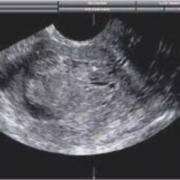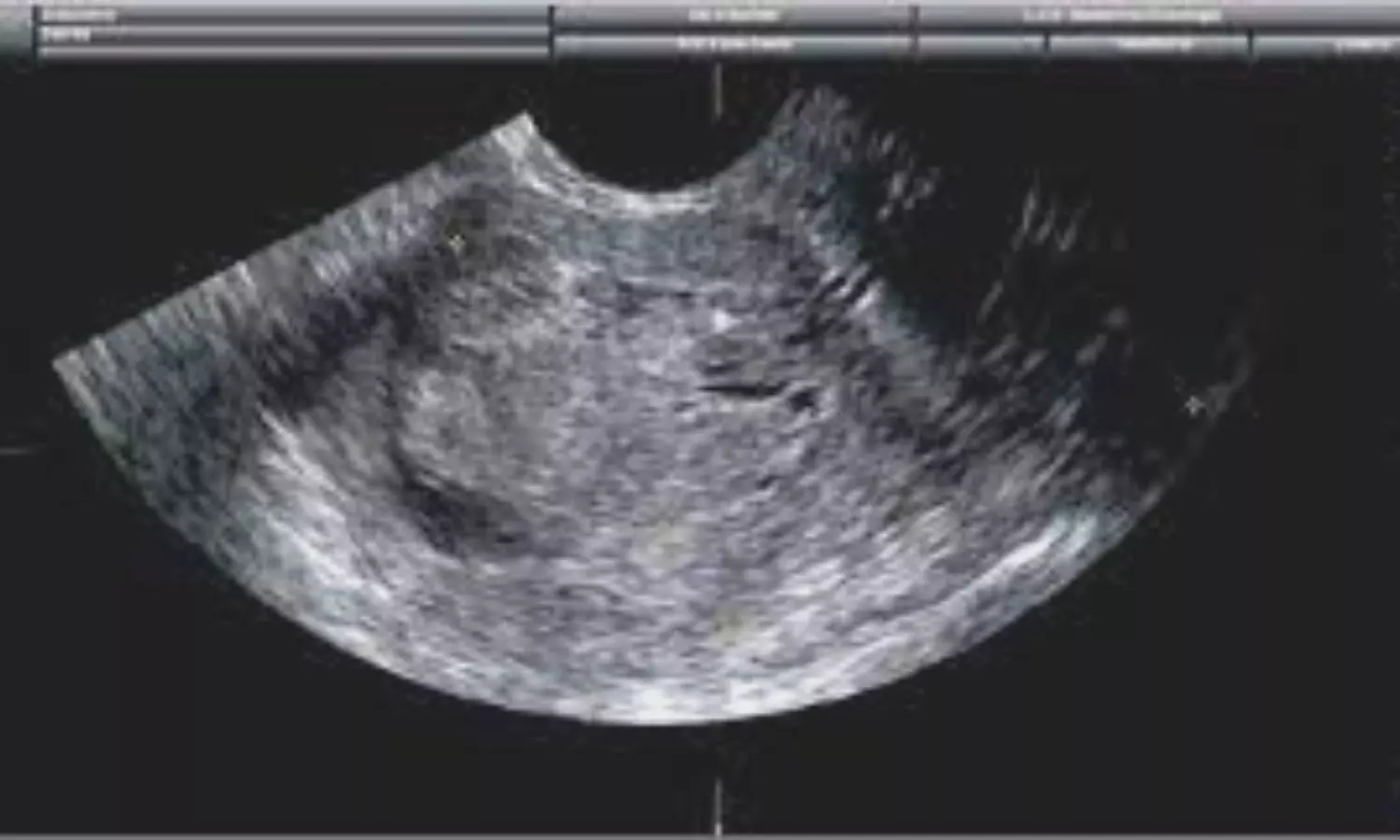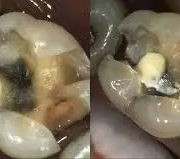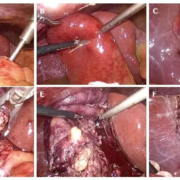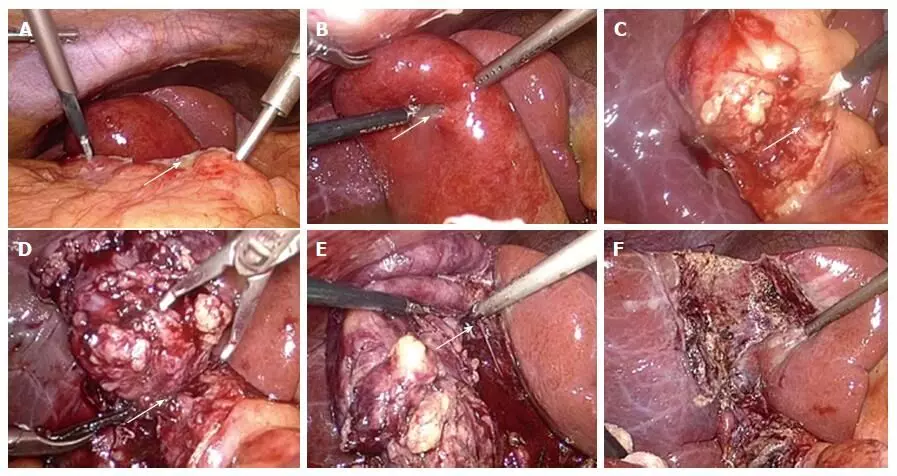Among Older ACS Patients early invasive therapy fails to reduce mortality vs conservative treatment: JAMA

A new meta-analysis published in the Journal of American Medical Association found an early invasive strategy did not reduce all-cause mortality compared to conservative treatment in acute coronary syndrome (ACS). However, it did lower the risk of recurrent myocardial infarction (MI) and need for repeated coronary revascularization, though it also increased the risk of major bleeding. These competing outcomes highlight the need for shared decision-making when choosing treatment strategies in older ACS patients.
This systematic review drew from MEDLINE, Embase, and the Cochrane Central Register of Controlled Trials through October 2024. It included only randomized controlled trials comparing early invasive versus conservative strategies in patients aged 70 or older presenting with ACS. The trials involved both ST-elevation and non-ST-elevation ACS were considered. The mean age of participants was 82.6 years, and nearly half were women.
The analysis revealed no statistically significant difference in all-cause mortality between the two approaches (relative risk [RR], 1.05; 95% CI, 0.98–1.11), a finding consistent across various subgroups and with zero heterogeneity across studies (I² = 0%). This suggests that an invasive strategy does not improve survival in elderly patients with ACS.
The patients receiving early invasive treatment had a 22% lower risk of experiencing another myocardial infarction (RR, 0.78; 95% CI, 0.67–0.91). Also, the risk of needing repeated coronary revascularization was cut by more than half (RR, 0.43; 95% CI, 0.30–0.60). These results suggest that invasive strategies can provide meaningful reductions in recurrent cardiac events.
This invasive strategy was associated with a 60% increased risk of major bleeding (RR, 1.60; 95% CI, 1.01–2.53). Though bleeding events varied by trial, this finding reinforces concerns about the vulnerability of older patients to procedure-related complications. Other secondary endpoints, including stroke, cardiovascular death, heart failure hospitalization, and major adverse cardiovascular or cerebrovascular events, showed no significant differences between the two strategies.
The outcomes in patients with non–ST-elevation ACS mirrored the overall results, which suggested the findings are broadly applicable across ACS subtypes in the elderly. While early invasive therapy for older ACS patients can reduce heart attacks and the need for repeat procedures, these advantages must be carefully weighed against a significantly higher bleeding risk and no apparent survival benefit. Overall, the findings highlight the importance of individualized, shared decision-making between clinicians and elderly patients, factoring in comorbidities, frailty, and patient preferences.
Reference:
Reddy, R. K., Koeckerling, D., Eichhorn, C., Jamil, Y., Ardissino, M., Braun, V., Abu Sharar, H., Frey, N., Howard, J. P., & Ahmad, Y. (2025). Early invasive or conservative strategies for older patients with acute coronary syndromes: A meta-analysis. JAMA Internal Medicine. https://doi.org/10.1001/jamainternmed.2025.2058
Powered by WPeMatico




